The best DSLR cameras are like gold dust to photographers, especially when they became the most popular type of digital camera back in the early to mid-2000s.
However, the debate on DSLR cameras v mirrorless cameras is relentless since the smaller, lighter models are slowly overtaking in popularity. This doesn’t take away from the heritage and reliability of DSLRs though, and they are still a top choice regardless of whether you’re a beginner or a professional photographer. The best DSLR cameras rank highly in our best cameras for astrophotography guide, so we definitely think they can still hold their own.
It is worth noting that DSLR cameras, which are often used by professional photographers, are typically a bit larger than other types of cameras. But they aren’t the bulky, obnoxious items they once were or at least perceived to be so this shouldn’t put you off. Owning one of the best DSLR cameras will give you the photography results you want, regardless of experience and ability.
You can still check out our round-up of the best beginner cameras if you’d like to do more research or even check out our best camera deals guide. We like DSLRs a lot and if you want to see the best DSLR cameras then read on below. But if mirrorless is more your thing, then have a read of our best mirrorless cameras guide.
Best overall
The D850 is a serious step up from the D780, offering 45.7MP still photos at up to 9FPS (albeit only when using a dedicated battery grip). It’s not as high as some of the other cameras on this list, but one must bear in mind that this is 9FPS of full-resolution stills images at 45.7MP — so these images are huge.
If you’re someone who needs to switch between capturing stills and video, the D850 is the ideal choice as it also shoots in 4K UHD. What’s more, this camera is extensively weather sealed, even the battery grip is protected from the elements. The Nikon D850 is a camera you can take anywhere and get maximum results from it.
Best for hybrid photographers
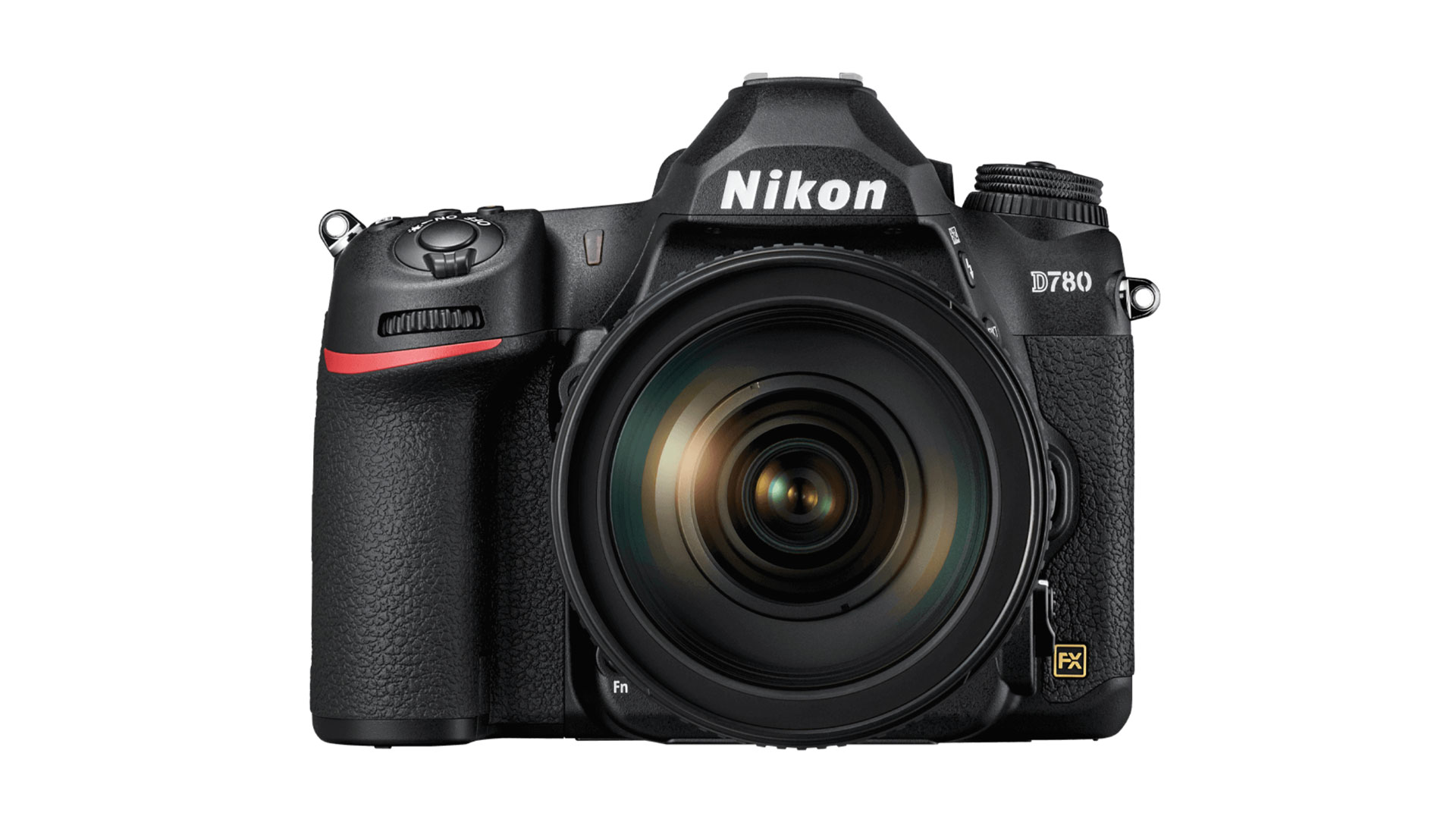
Superseding the ground-breaking beast, the D750, the Nikon D780 builds on its predecessor and features a more detailed rear screen with a massive 2359K dots and a huge maximum burst speed of 12FPS making it ideal for wildlife, sports, and action photography. It shoots 4K UHD video with 10-bit N-log recording and 12 stops of dynamic range.
A lowlight master, this model has the possibility to expand the ISO range to 204800, and the noise reduction algorithms are impeccable to keep the images clean. In addition, its lowlight-specific autofocus ability can drop the camera’s autofocus range for accurate AF as low as -7EV when live view is activated.
Best for action photography
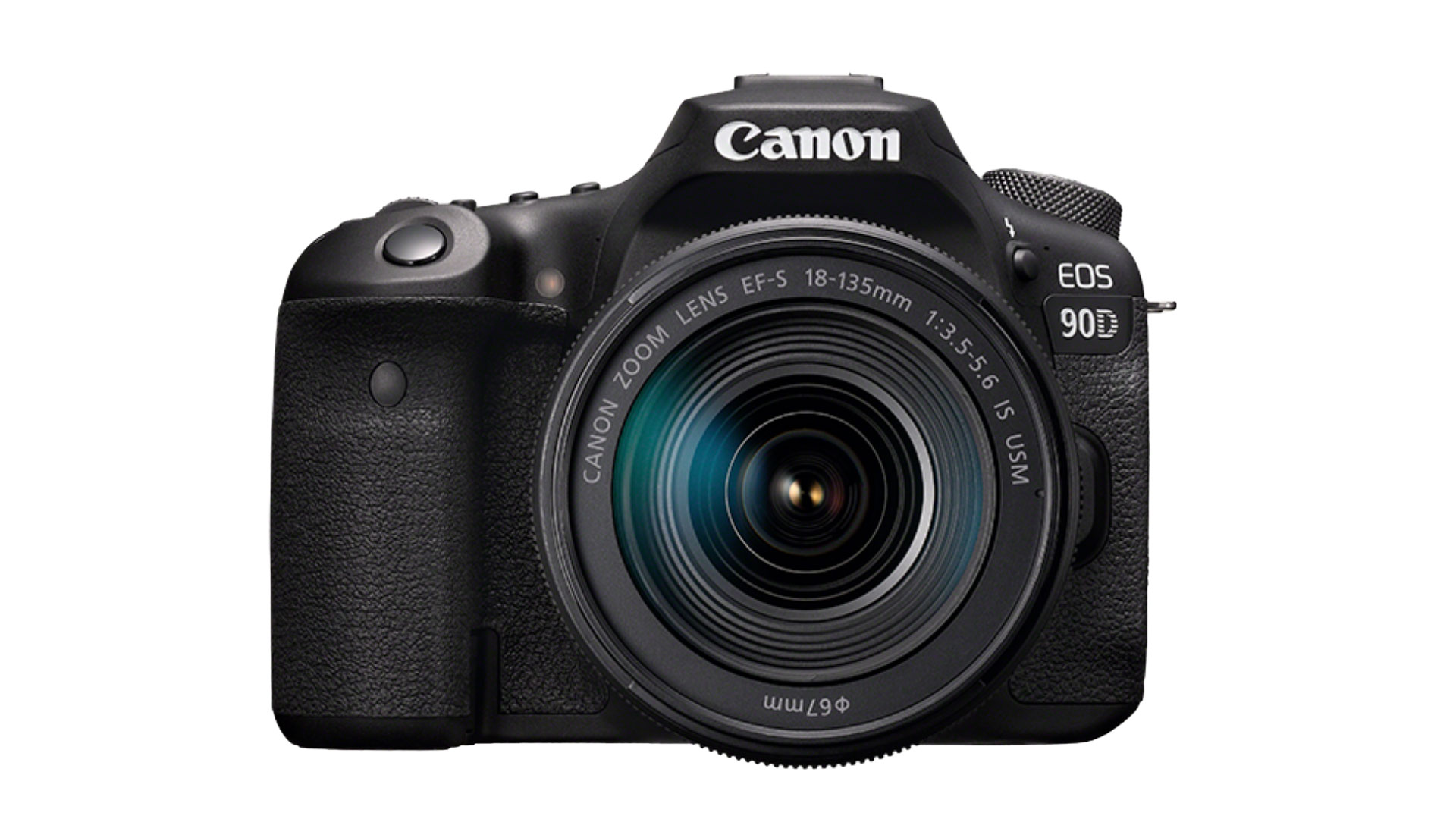
Crop sensor DSLRs benefit from the perceived extra zoom afforded by the 1.5/1.6x effective crop. That’s exactly where Canon’s capitalizing on this camera. The longer effective focal length and quick 10FPS maximum burst speed are complemented by a huge 32.5MP CMOS image sensor to bring far-away subjects closer than ever before.
It would be nice to see 4K DCI on this camera but 4K UHD more than keeps up with the rest of its class here and is suitable for most shooters. A 220,000 RGB and IR metering sensor powers the iTR focus tracking, allowing you to keep fast-moving subjects sharp even when the camera is moving.
Despite being released over five years ago, the Canon EOS 5D Mark IV is still the choice of many professionals. It is a must for its quality alone as it captures 30.4MP stills and shoots in 4K DCI video for cinema-like movie quality, an absolute powerhouse of a camera.
A large, detailed rear screen complements the bright optical viewfinder, and peripherals can be attached with USB 3.0, HDMI out, and headphone outputs. It also features a microphone input for external microphones, a flash connection port, and WiFi and NFC technology to facilitate wireless shooting and easy image transfer.
Best for durability and speed
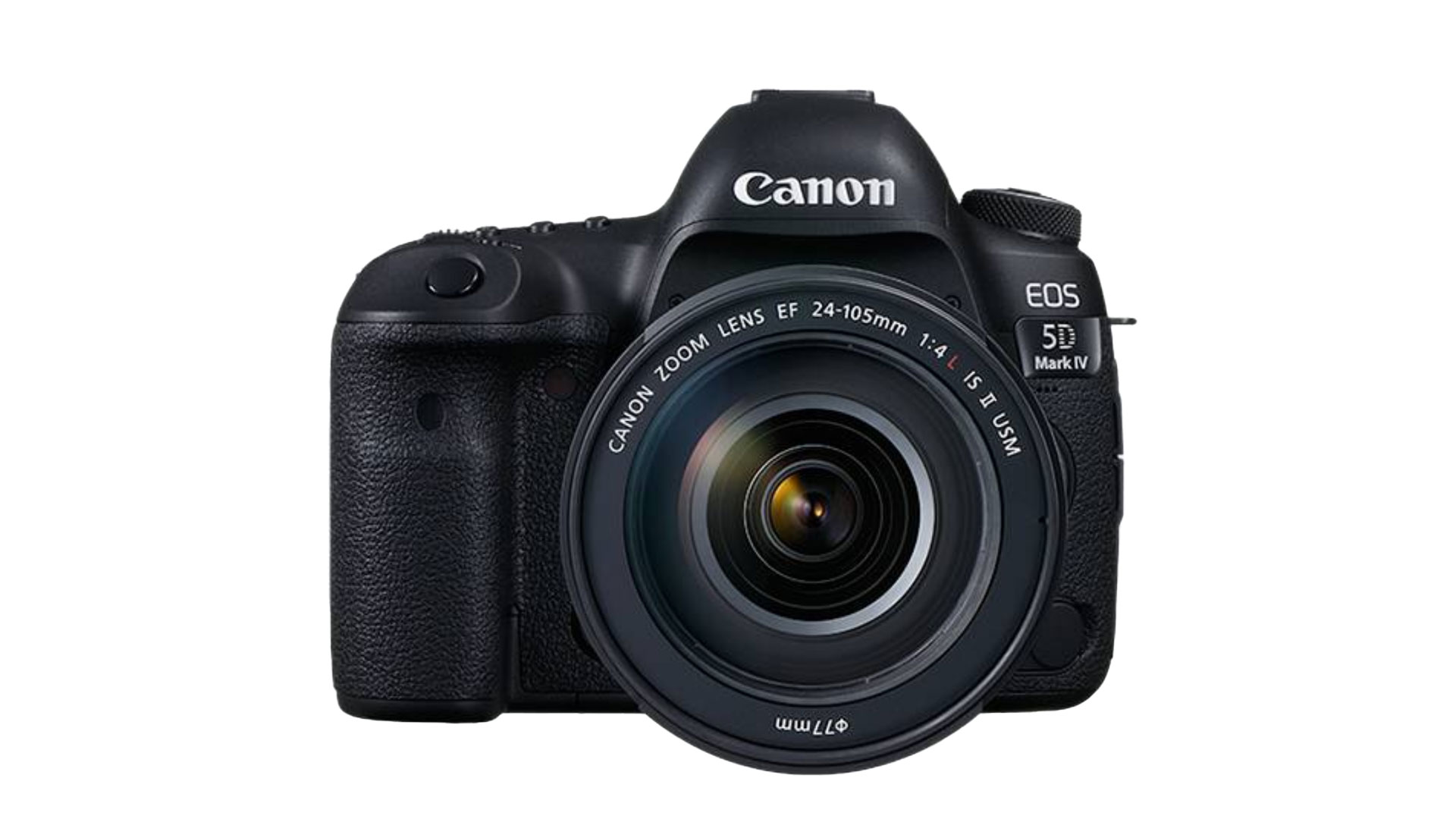
Despite being released back in 2016, the Canon EOS 5D Mark IV is still the choice of many professionals around the world. It’s a must for its quality alone as it captures 30.4MP stills and shoots in 4K DCI video for cinema-like movie quality, an absolute powerhouse of a camera.
A large, detailed rear screen complements the bright optical viewfinder and peripherals can be attached with USB 3.0, HDMI out, and headphone outputs. Its connectivity is what makes it truly versatile as there’s also a microphone input for external mics, a flash connection port and for wireless shooting and image transfer there’s WiFi and NFC technology built into the camera.
Best rugged option
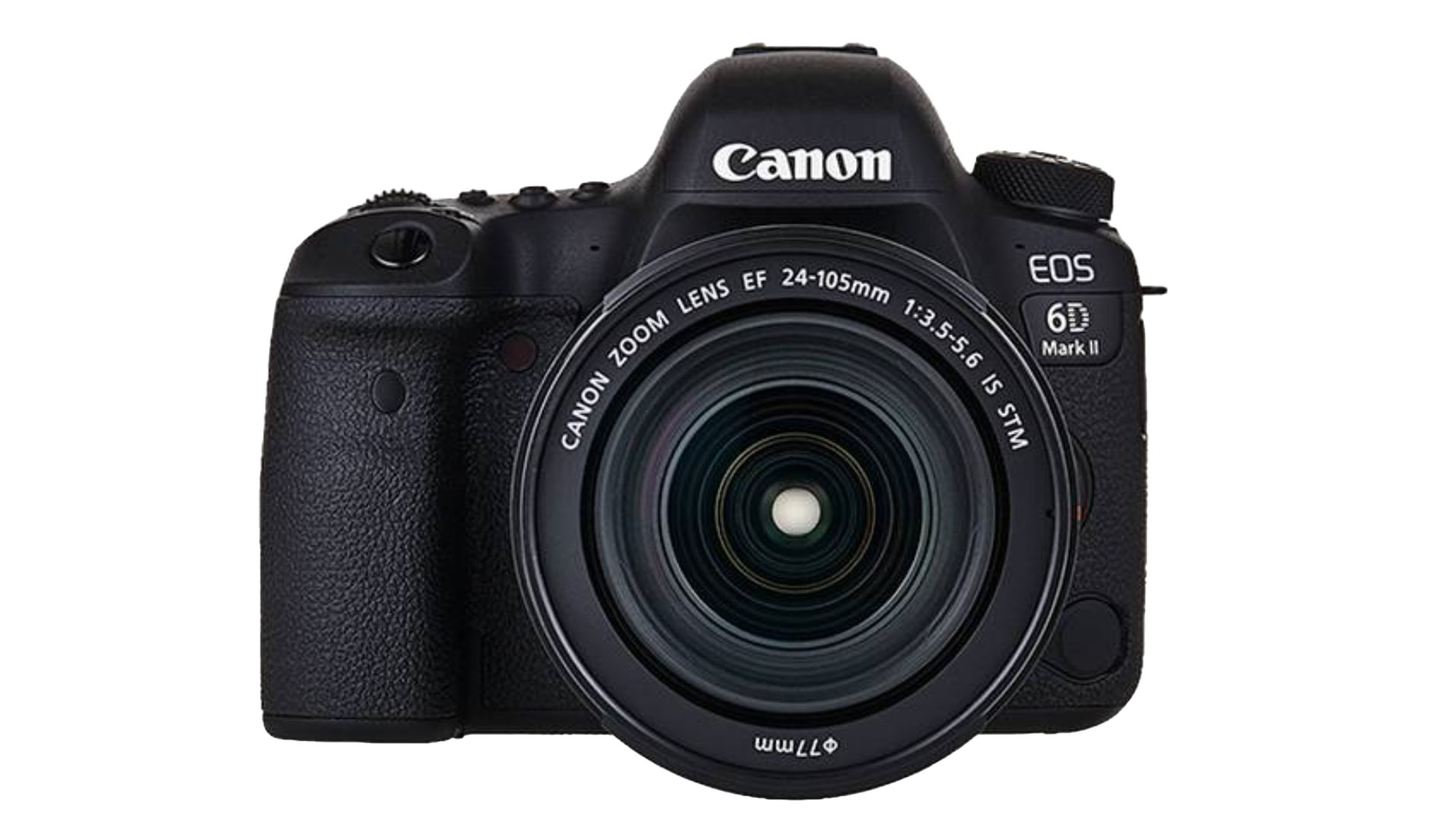
The Canon EOS 6D Mark II is a benchmark DSLR for Canon. It sits perfectly between affordable entry-level models and the higher-priced professional models. Photographers who like to push the limits of the entry-level versions can exploit the integrated weather and dust sealing features and take advantage of slightly elevated burst shoot speeds of up to 6.5FPS.
The Dual Pixel CMOS AF smoothly adjusts focus when shooting video and there’s a five-axis digital image stabilization to keep handheld shooting steady. It can capture 4K time-lapses thanks to the 26.2MP image resolution but unfortunately, movie resolution tops out at 1920 x 1080/60p which is the only real letdown to an otherwise great intermediate-level camera.
Best for intermediate photographers
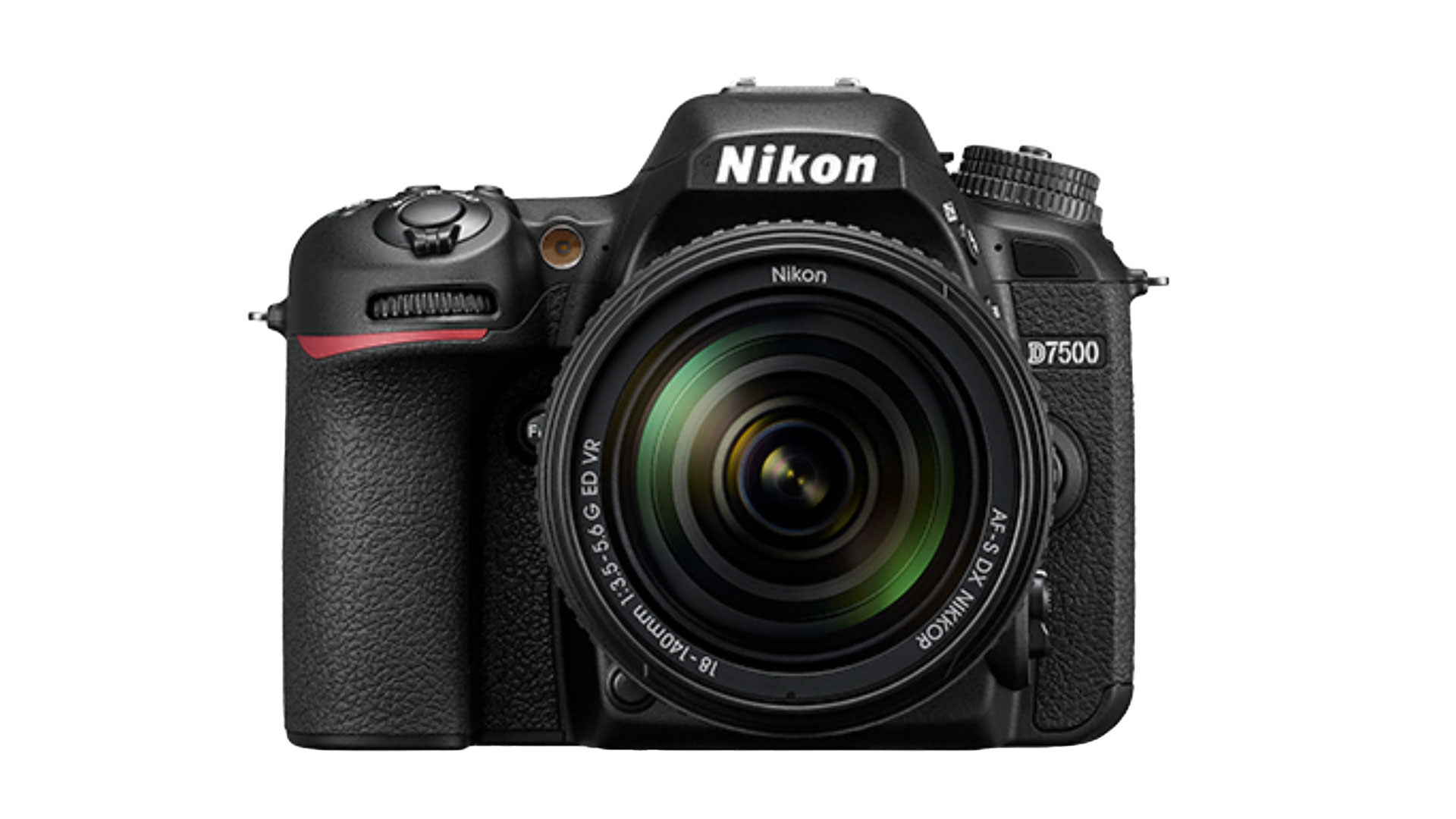
Engineered for photographers who want to take their photography to the next level, the D7500 is Nikon’s flagship DX (crop sensor) camera body. Its large, 3.2-in rear tilting LCD is touchscreen sensitive, making it ideal for awkward shooting angles without the need for a tripod.
It’s suitable for some sports and wildlife photography thanks to the 8FPS maximum burst speed and the 20.9MP CMOS image sensor is more than enough to shoot 4K UHD video. Good weather sealing makes this suitable for shooting in all weathers, as it’s protected from water and dust ingress.
Best for beginners
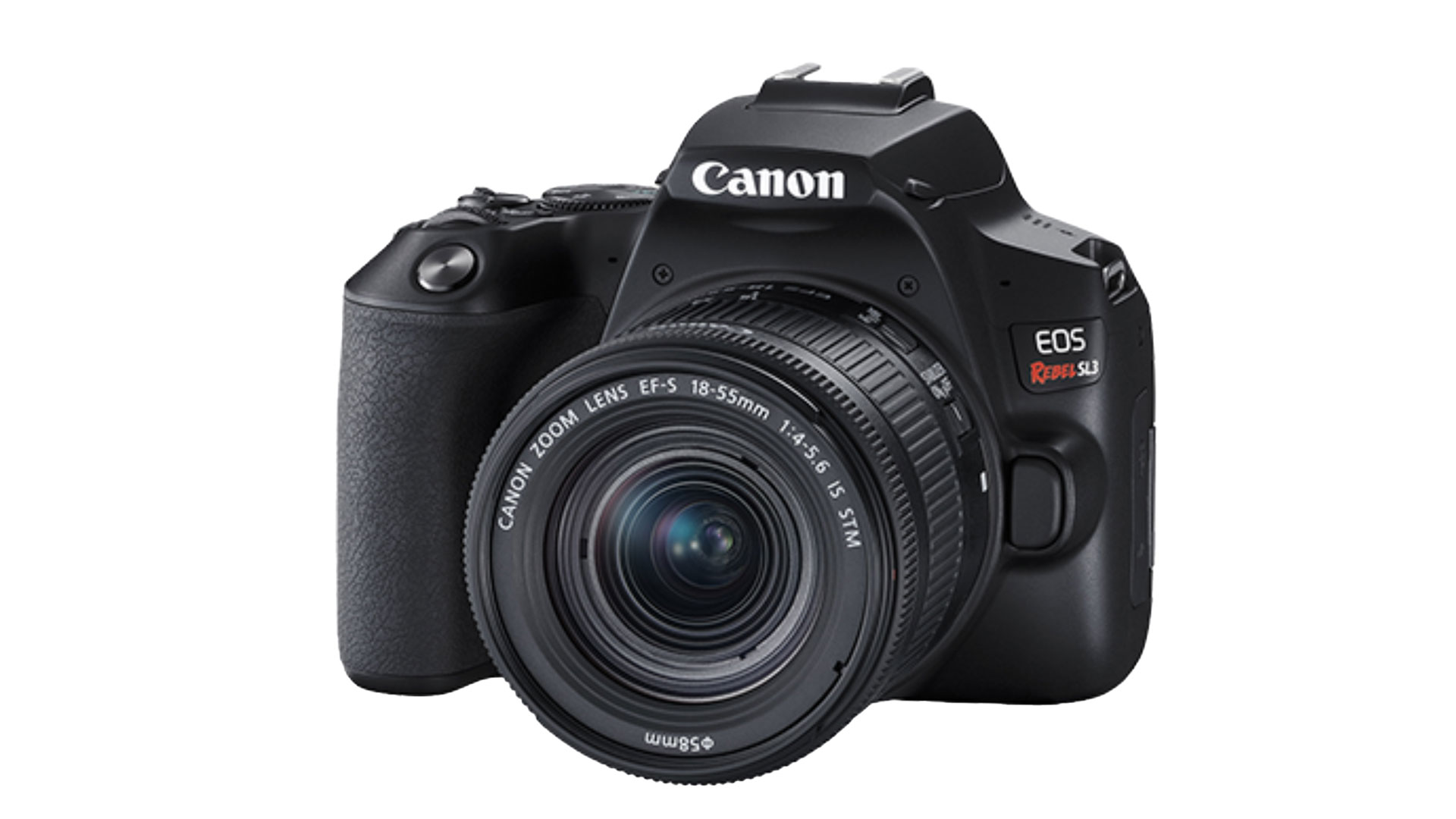
While there are cheaper entry-level crop sensor cameras available, the Canon EOS Rebel SL3 / 250D is the best of the bunch with a 24.1MP CMOS sensor and DIGIC 8 image processor that produces vivid, minimal noise photos. Disappointingly though, there are only nine autofocus points across the viewfinder, however, engaging the live view option on the rear screen improves this to 143 via camera automatic selection.
This Canon also has a -4EV autofocus working range and a maximum expanded ISO sensitivity of 51200, it’s quite a handy camera in low light conditions, especially if you have a lens with in-built image stabilization.
Best entry-level Nikon
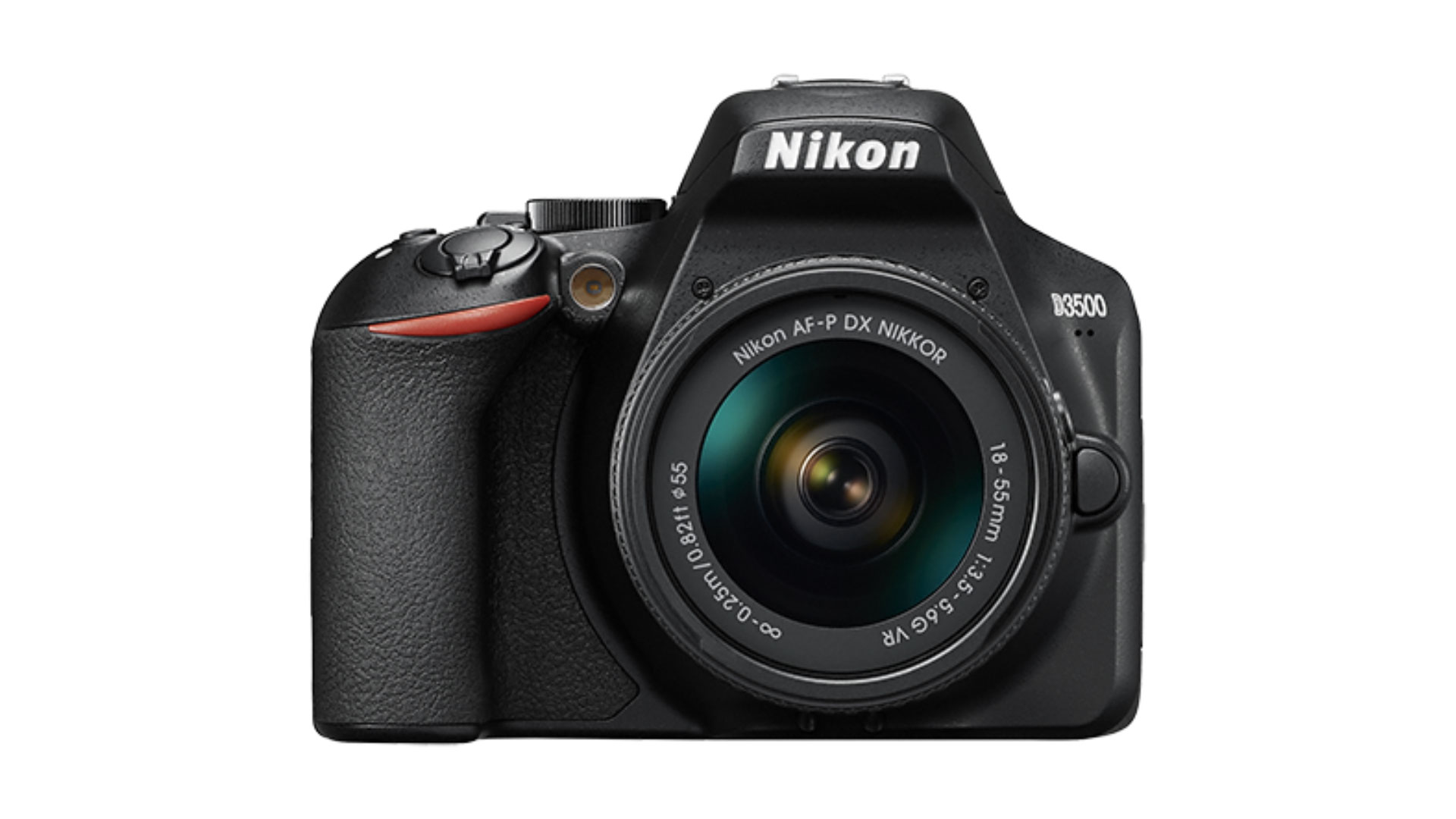
Nikon’s cheapest DSLR feels comfortable in hand with a solid, deep grip that feels professional. Its APS-C CMOS sensor kicks out a whopping 24.2MP stills resolution which isn’t to be sniffed at for this entry-level beauty.
While movie recording is limited to Full HD at 60FPS, the dynamic range is good and the rear LCD is large (3 inches) and bright with 921K dots providing ample detail. Paired with one of the myriad DX zoom lenses, especially one that has Vibration Reduction, anyone new to photography should be able to get great snaps straight away.
Summary
From stand-out entry-level cameras that are perfect for the budget-conscious or beginner photographer, through to high-end enthusiast and professional models, and everything in between we have rounded up the very best DSLRs you can buy today.
Pay close attention to your requirements and ensure you seek out a camera to suit your needs. Whether that is high resolution stills imaging, a wide dynamic range, or crisp 4K video recording. It is equally important to remember that lens choice is a crucial factor when choosing any interchangeable lens camera so take a look at the scope of lenses available as well before purchasing your favorite camera.

